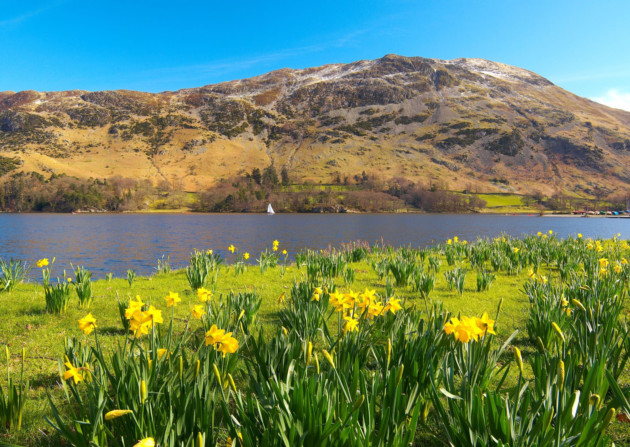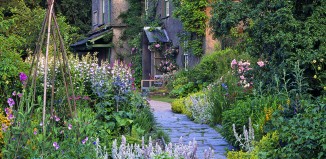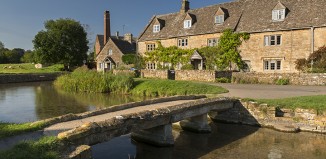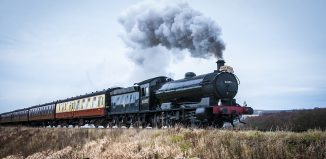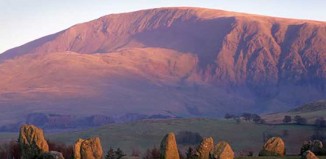Best daffodil walks in Britain
It’s a sure sign that spring is on its way when the dark green shoots of daffodils start to break through the frost-covered ground. Although synonymous with Wales and St David’s Day on 1 March, many parts of Britain are covered with the cream-coloured petals and yellow trumpets of wild daffodils for weeks before and after that date.
Golden Triangle, Gloucestershire
At one time, Gloucestershire was the commercial centre for growing wild daffodils; the flowers being sent for sale in London’s major markets. A vast area within the county became known as the GoldenTriangle for the sheer number of daffodils growing there. Over time the wild flowers have declined as modern agricultural practices have taken over. However, the Wildlife Trust has now taken over conservation of much of the area and visitors can still make their way around the circular, 10-mile Daffodil Way, taking in Kempley and Dymock Wood en route.
Organised walks also take place annually throughout March.
Felley Priory, Nottinghamshire
In the grounds surrounding Felley Priory, daffodils dominate the orchard in springtime. Some extremely rare species can be found amid the blaze of yellow, apricot and orange flowers. Varieties include Green Pearl, Toto and the minute Baby Moon. Parts of the house itself date from the 12th century as sections from the original priory church were repurposed within its construction after the Dissolution. The gardens, however, are the creation of the Chaworth-Musters family which first took ownership of the property in 1822, but wouldn’t go on to create the spectacular horticultural haven until the 1970s when the family went to live at the property full time.
Ullswater, Cumbria
William Wordsworth would often visit the Ullswater area of Cumbria and stroll around the wonderful Lake District landscape. It was one such stroll that is thought to have inspired the Romantic poet to write one of his most famous works, Daffodils, in 1804.
Today, visitors to the area can still see golden rows of daffodils along the banks of the lake, whether travelling on foot or on the Ullswater Steamer, which has been ferrying people up and down the length of the water for over 150 years.
Coed y Bwl, Wales
This ancient ash woodland on the north-west side of the Alun Valley is well known for its wild daffodils that carpet the ground beneath the trees in spring. Under the care of the Wildlife Trust, the woodland is the refuge of many bird species, including Great Spotted Woodpeckers, Willow Warblers and Chiffchaffs that help to add to the serene backing music as visitors pass beneath the canopy of trees.
Dunsford Nature Reserve, Devon
Running alongside the River Teign on the edge of Dartmoor, Dunsford nature reserve encompasses woodland glades, large areas of oak and an abundance of wildlife. Keep an eye out for Fallow Deer, flycatchers, Otters and dragonflies during a visit. The woodland was once used to produce bark for the leather industry as well as timber for charcoal production. Today, the riverside glades provide the perfect environment for daffodils.

